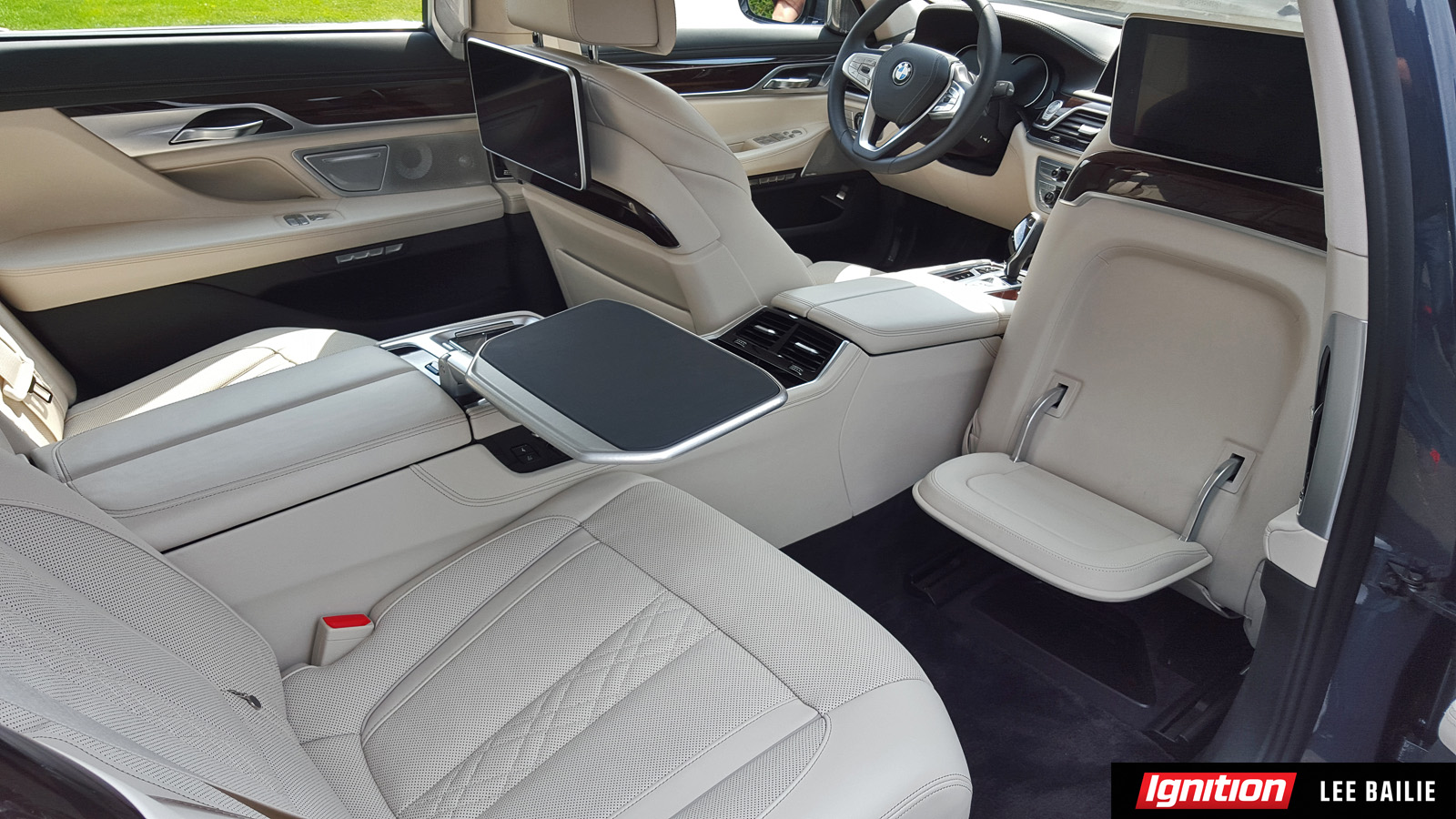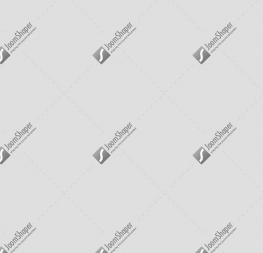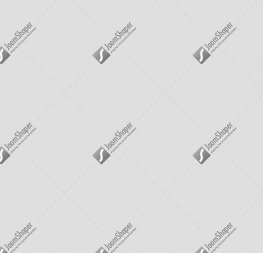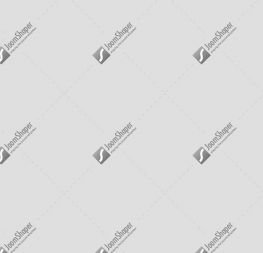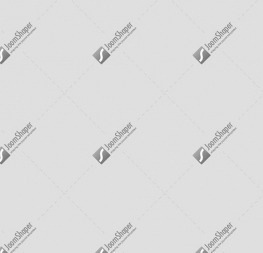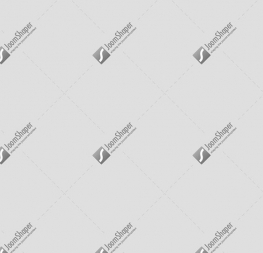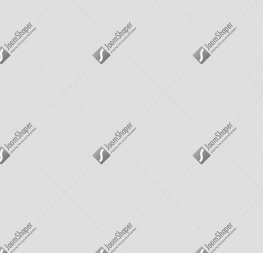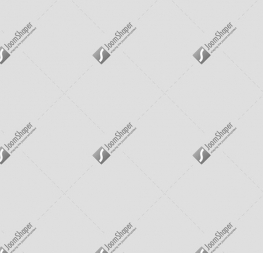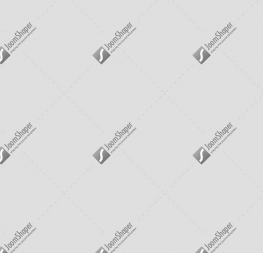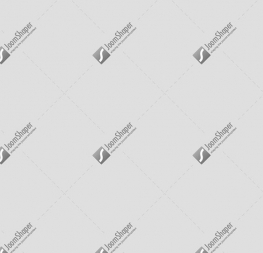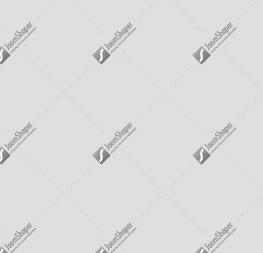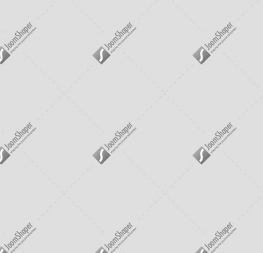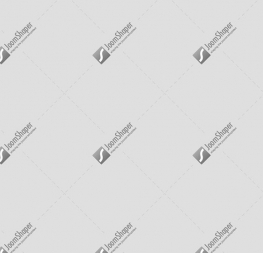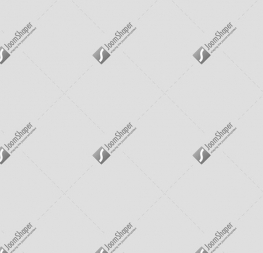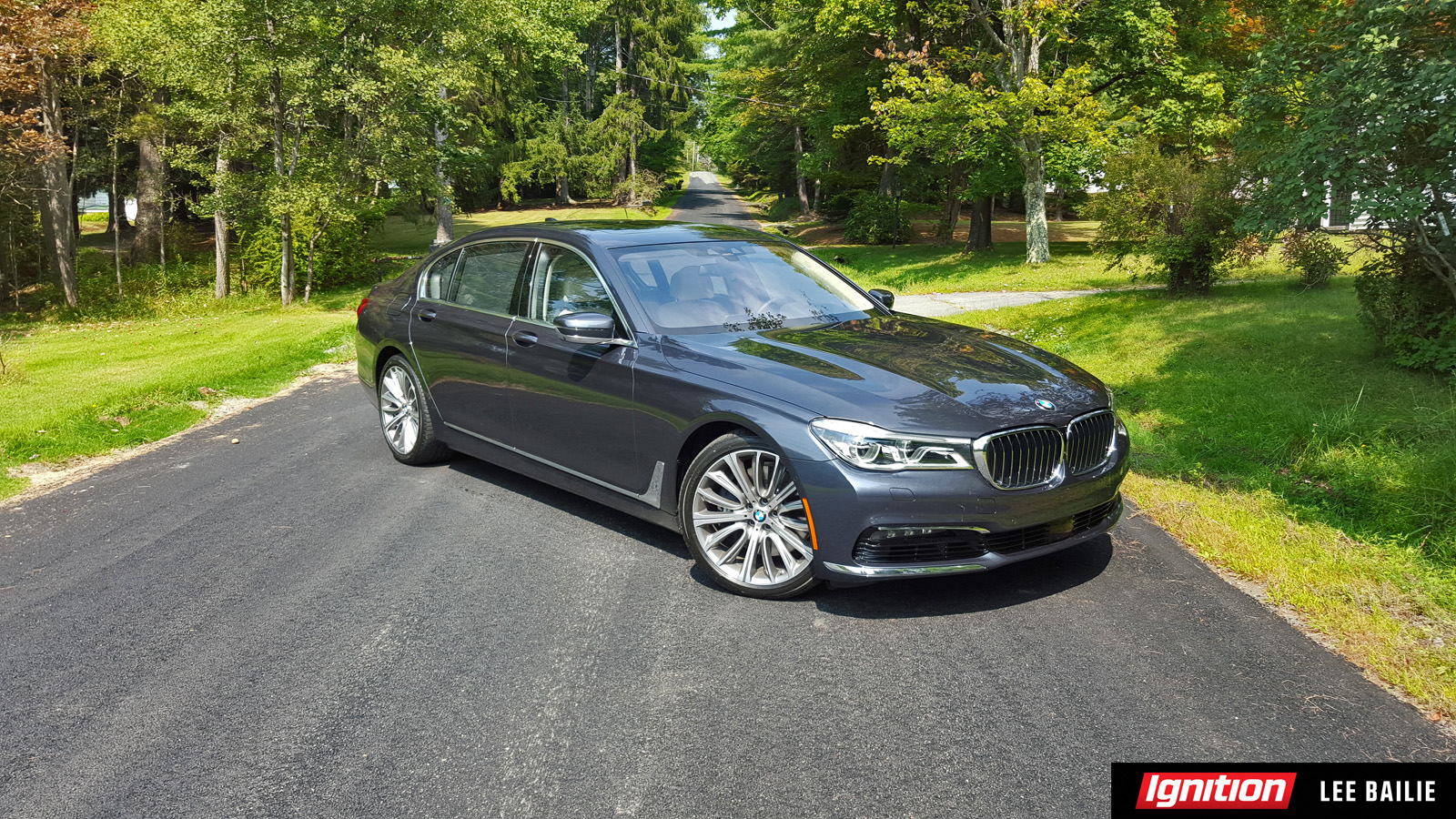BMW’S ALL-NEW 7 TAKES LIGHTWEIGHTING LESSONS FROM ITS I-CAR DIVISION, ADDS GESTURE RECOGNITION
BMW DOESN’T REDO ITS FLAGSHIP 7 SERIES SEDAN VERY OFTEN – once every seven years to be exact – so when a new generation comes along it’s a big deal.
Why?
Because the 7 Series is often a technology carrier for innovations and company firsts that eventually find their way into other BMWs.
The 750i (standard wheelbase) and 750Li (long wheelbase) went on sale last fall, with V6-powered (740i) and plug-in hybrid (740e) models due to arrive this spring. All Canadian-market cars come with standard xDrive all-wheel drive.
The new chassis features Carbon Core, a technology that was originally developed in BMW’s i car program. It’s essentially designed to do two things: save weight (the new 7 is 86 kilograms lighter than its predecessor) and increase structural rigidity in the chassis.
BMW has incorporated the use of carbon fibre reinforced plastic (CFRP) in combination with ultra-high tensile steel into the supporting members of the passenger cell, such as the B-pillars and other load-bearing members.
Other weight-saving measures include aluminum doors and hood and lightweight design for the suspension, brakes and wheels, which have reduced their weight by approximately 15 per cent.
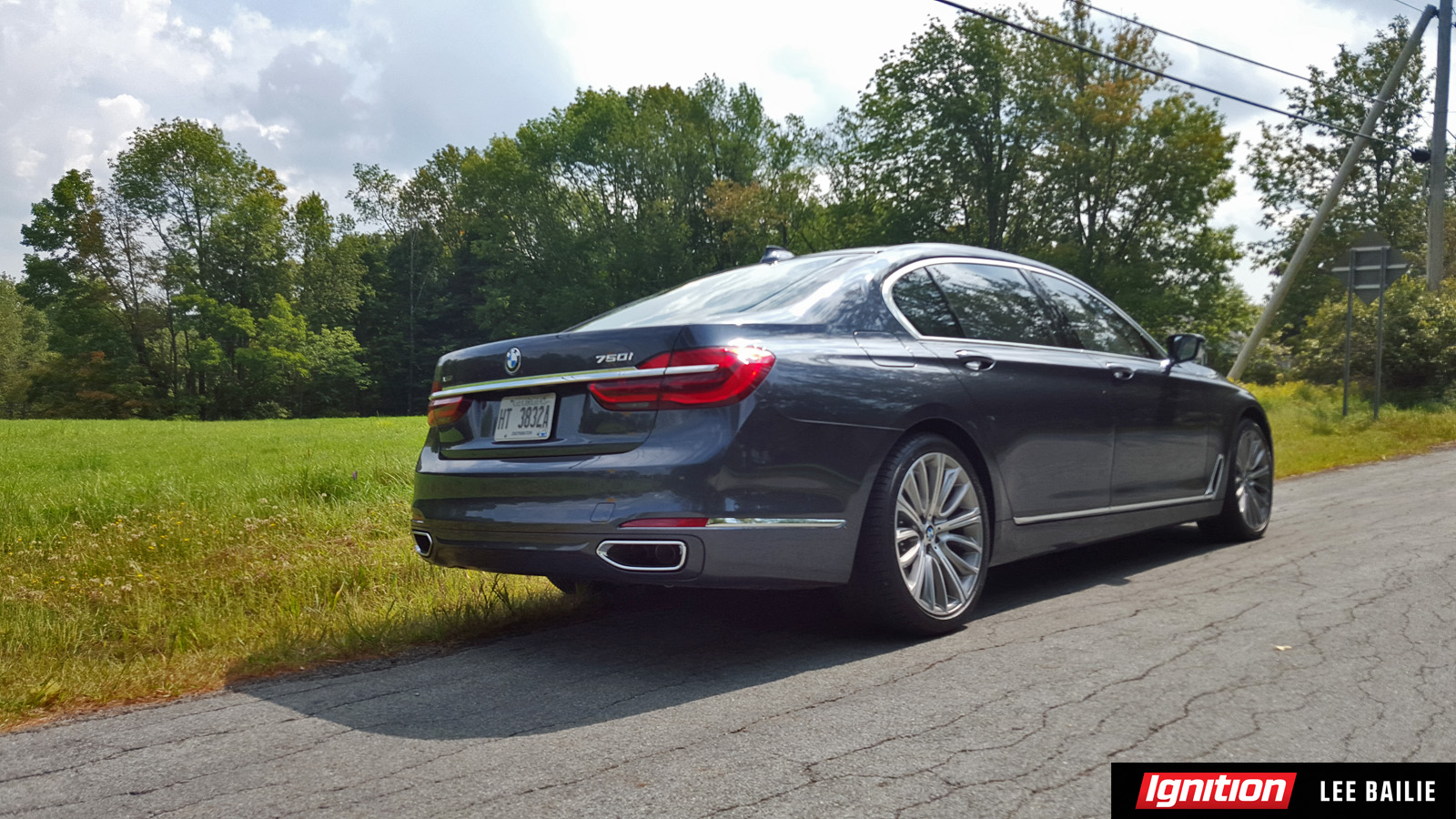
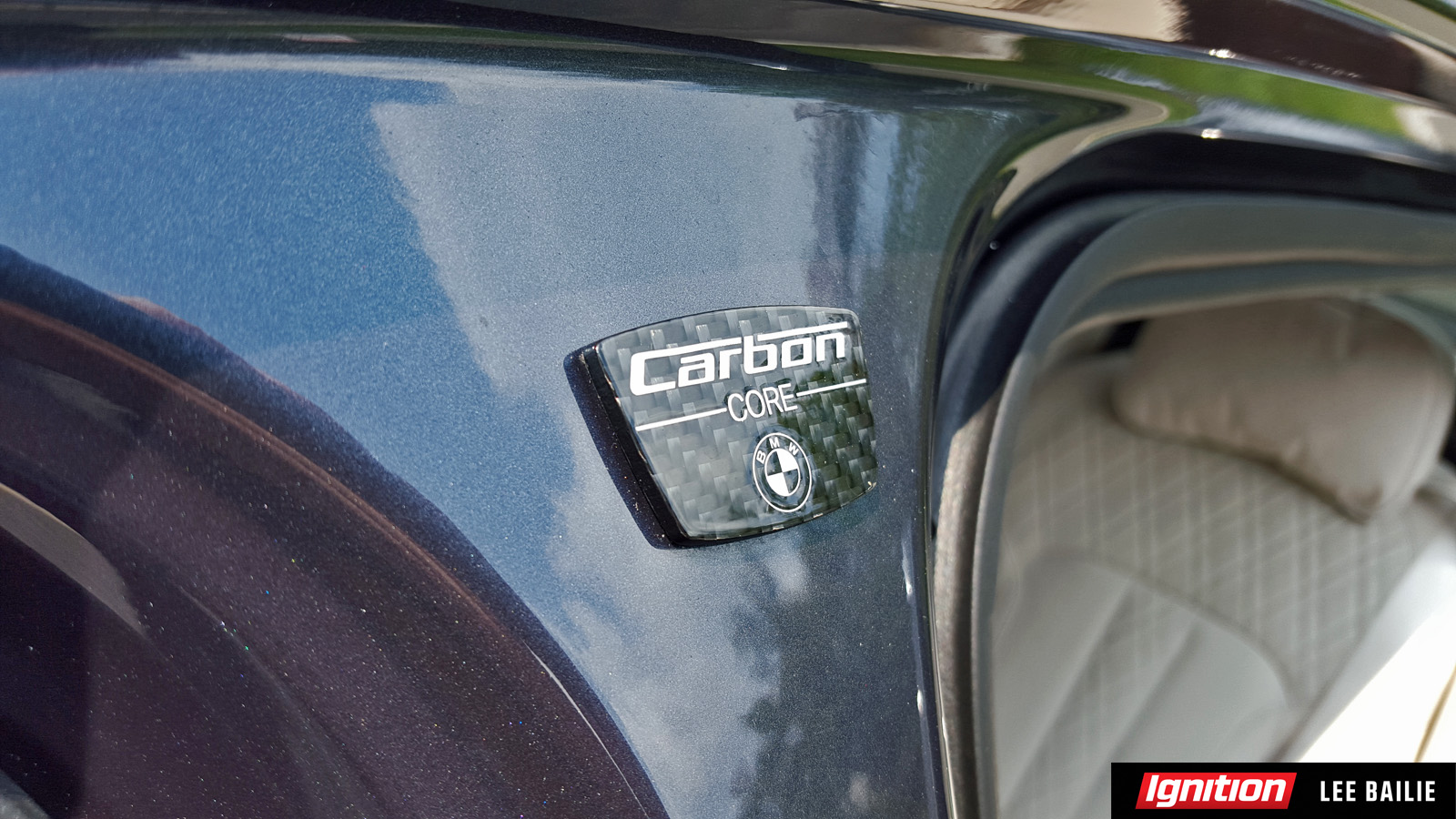
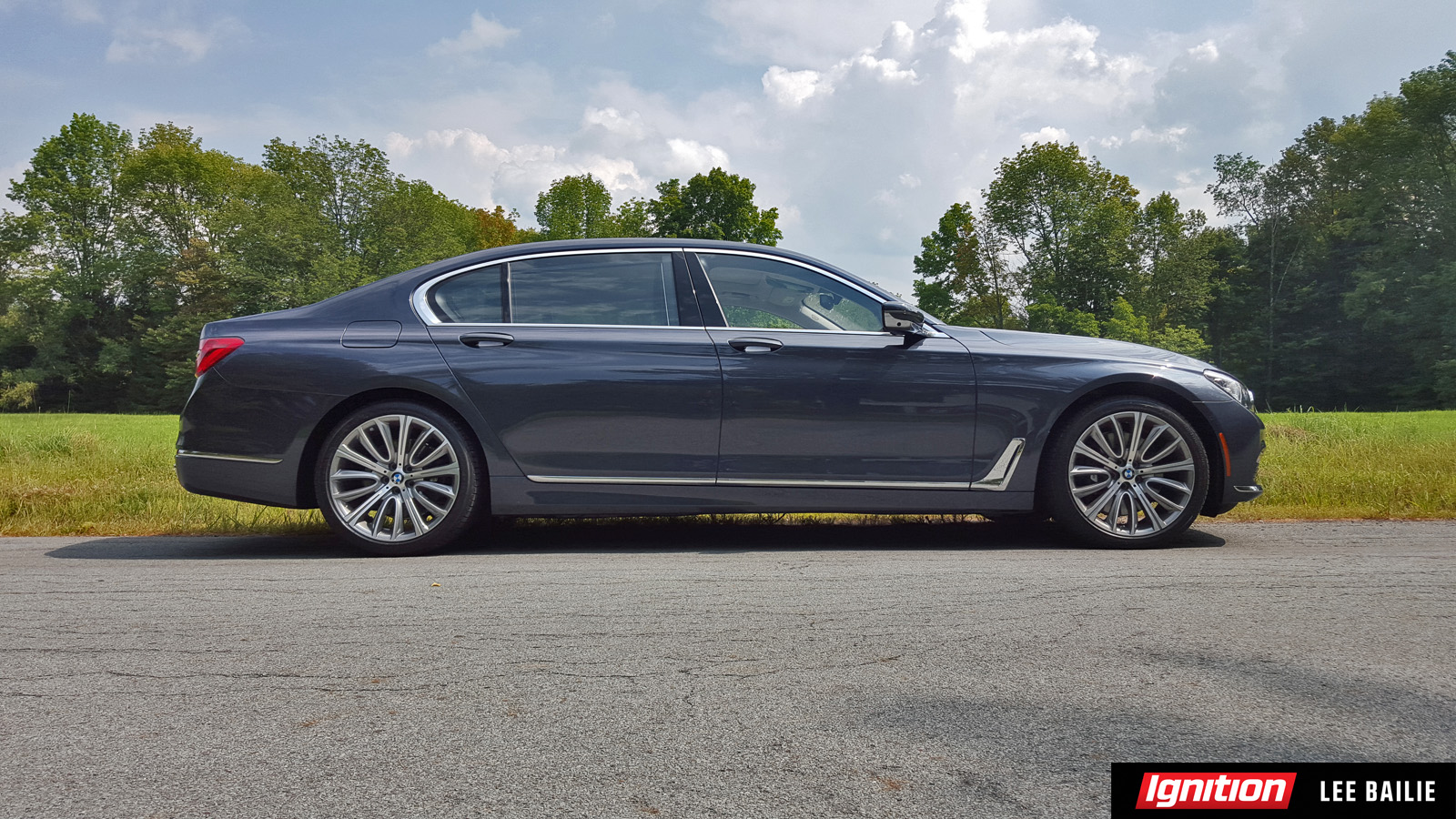
Propelling the new 750 is BMW’s venerable 4.4L TwinPower Turbo V8, which produces 445 hp and 479 lb-ft of torque. Changes of note include the introduction of twin scroll turbochargers and an increased compression ratio (10.5:1 versus 10.0:1) designed to improve efficiency. An eight-speed automatic transmission puts the power to the ground.
In terms of styling, BMW has made a host of design changes to advance the look and feel of the 750 both inside and out.
The car now has bit of a meaner looking face that incorporates BMW’s first ever Active Kidney Grille. The grille has more bars than its predecessor and includes an active air flap that opens when additional cooling is required – otherwise it stays closed.
A new headlight design flows into the grille and wrap around the corners of the front fenders. Laser lighting is available in markets outside of North America, but government regulations prohibit their use in Canada and the U.S., so our market gets LEDs instead.
Wider air intakes with integrated LED fog lamps running across the bottom make the car seem wider and give it a more aggressive stance. The revised rear end of the car is highlighted by new LED taillamps. The aluminum hood has sharper creases and a pronounced character line running from the front fender and blending into the rear deck lid to give the 750 the look of a fine tailored suit.
On the inside, the 750 takes an already luxurious and finely appointed cabin and cranks it up a few more notches with some interesting additions.
In addition to all of the things you’d expect to see in a full-size executive sedan (heated and cooled leather seats, high-end audio and navigation systems, et cetera), BMW has upped the ante with the addition of wireless charging for smartphones along with gesture recognition.
Wireless charging is fairly straightforward, but gesture recognition is a little more complex. BMW’s Gesture Control uses 3D sensors in the centre console to execute up to four hand gestures: accepting or rejecting incoming calls, adjusting the volume of the stereo and a customizable fourth gesture, such as setting the navigation system to a home address.
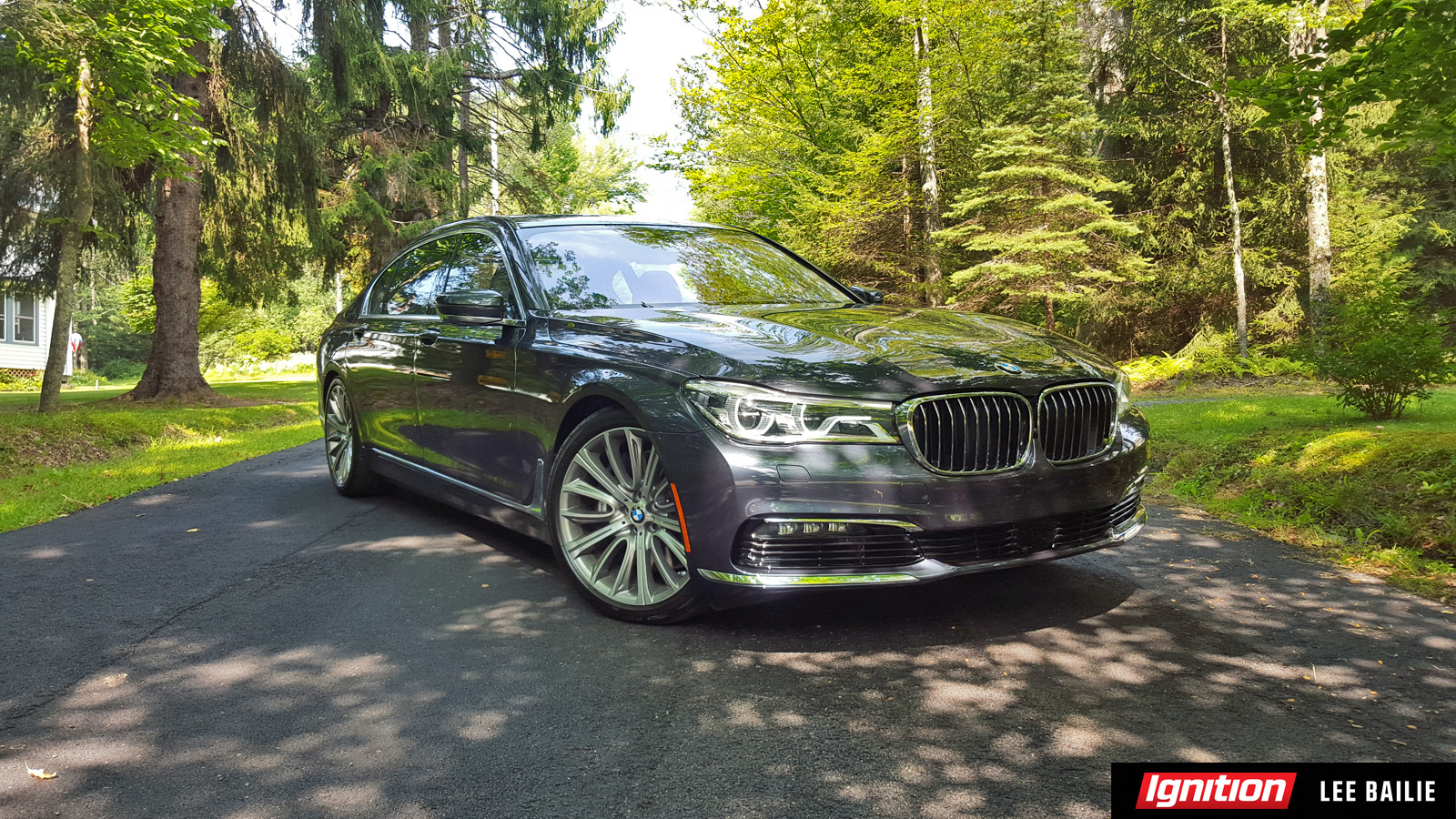

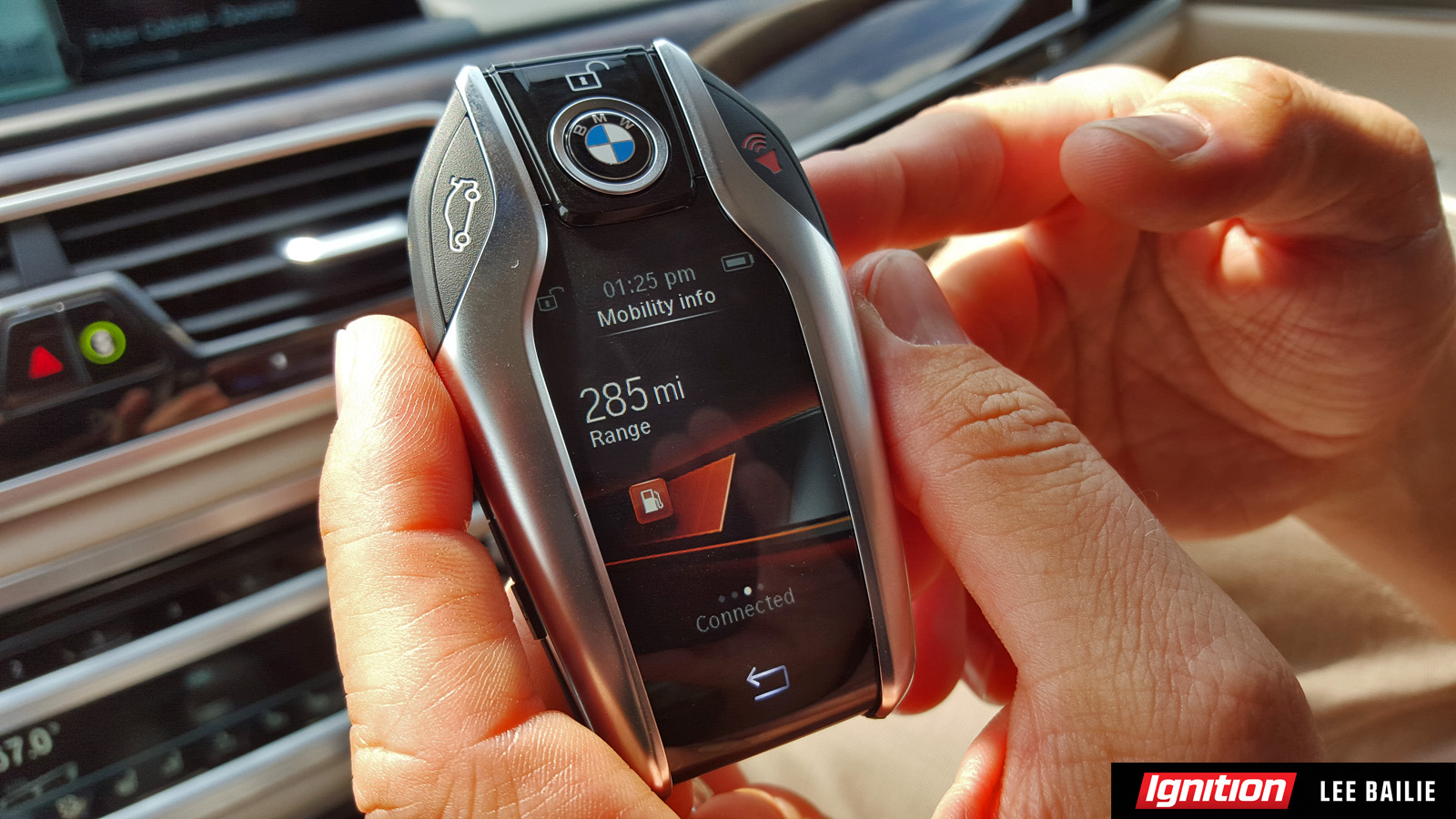
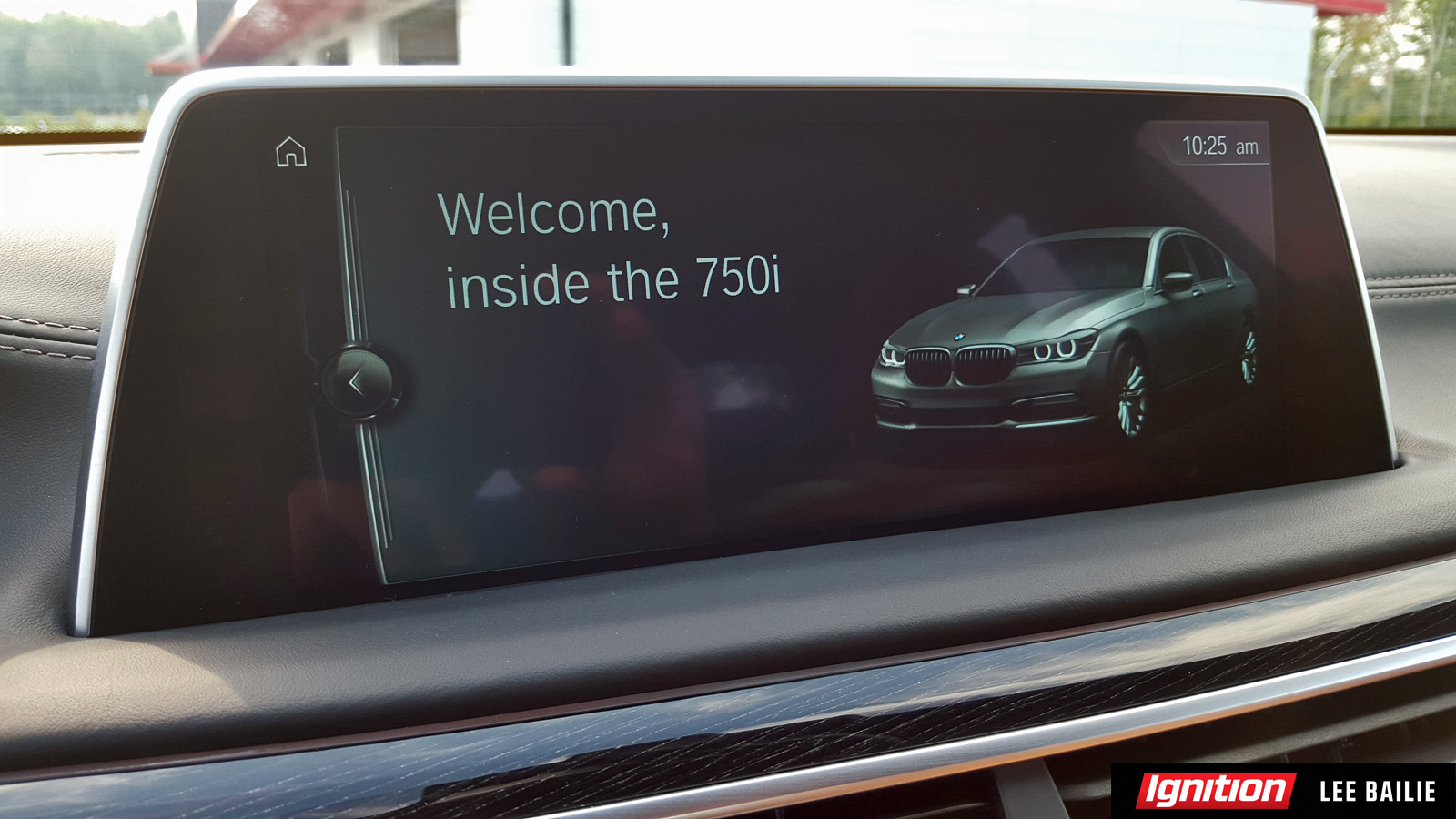
It works quite well. I raised and lowered the volume of the stereo just by making circular motions with my index finger and rejected a couple of incoming calls by moving my open hand (palm down) a few inches to the right.
The U.S.-market 750i (long wheelbase) model I drove performed surprisingly well on track. The changes BMW has made in terms of lightening and refining the platform make a big difference, as does the presence of the M Sport Package, which includes 20-inch alloy wheels, summer performance tires and some aero add-ons.
Dialling the drive mode to Sport with these extras made the 750 surprisingly agile on the rolling undulations of the road circuit at Monticello Motor Club.
Sport mode sharpens the chassis and powertrain settings for performance driving which, when combined with the turbocharged V8 with gobs of readily available torque, makes this big sedan a deceptively fast car. Its quick reflexes, well-controlled body roll and 50/50 weight distribution make it feel smaller than it is.
On the road, it delivers the sort of quiet and refined ride one would expect of a BMW 750. On local streets and two-lane highways near Monticello it was a comfortable cruiser well-suited for long trips.
Given the reclining seat and massage options available, the best place to be in this car could very well be the back seat!
The 7 Series is aimed squarely at the alternatives available from German rivals Audi and Mercedes-Benz. With this new model, BMW has given them plenty to think about – the bar has definitely been raised.

BY THE NUMBERS
$264.94 /HP (CALCULATED W/ BASE MSRP)
101.13 HP/L 1
93.06 HP/TON
4.7 KG/HP
SPECIFICATIONS
2016 BMW 750Li
BASE PRICE: $117,900
AS TESTED: $143,750
ENGINE: 4.4L twin-turbocharged V8
HORSEPOWER: 445 hp @ 5,500 – 6,000 rpm
TORQUE: 479 lb-ft @ 1,800 – 4,500 rpm
DRY WEIGHT: 2,091 kg
CONFIGURATION: Front engine, all-wheel drive
TRANSMISSION: 8-speed automatic
TIRES: Pirelli P Zero (P245/40 R20, front; P275/35 R20, rear)
FUEL ECONOMY RATINGS (CITY / HWY. / COMB.): 14.7 / 9.4 / 12.4 L/100 km
WARRANTY (MOS. / KM): 48 / 80,000
ALTERNATIVES: Audi A8, Lexus LS 460, Mercedes-Benz S-Class 2016
NOTABLE OPTIONS:
EXECUTIVE PACKAGE ($5,500)
SKY LOUNGE PANORAMIC GLASS SUNROOF ($1,000)
EXECUTIVE LOUNGE TIER 2 ($7,750)
REAR ENTERTAINMENT SYSTEM ($2,500)
DRIVER ASSISTANCE PACKAGE ($4,200)
M SPORT PACKAGE ($4,900)

